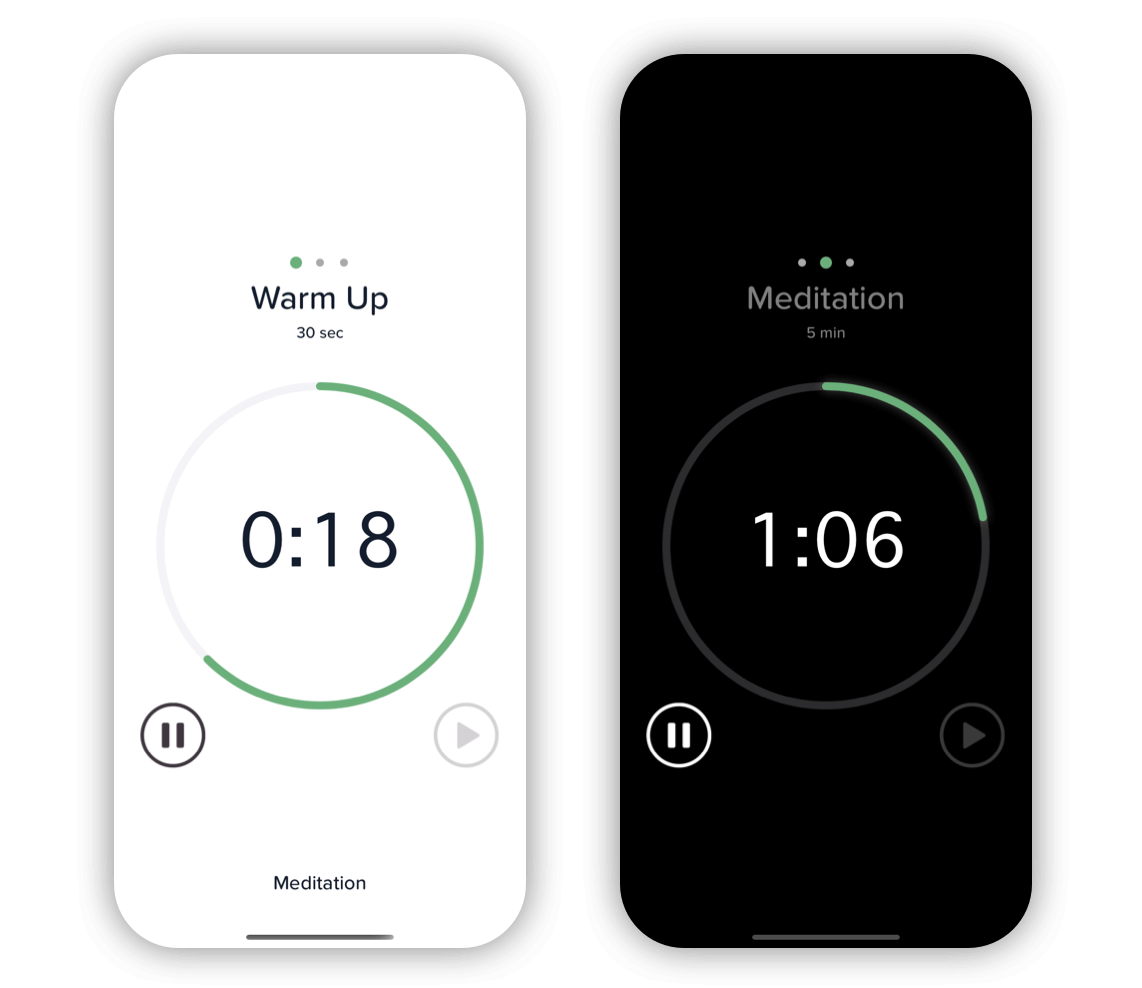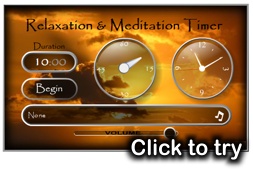
When you pay attention to your breath, or to the sensations in your body as you walk, or when you cultivate feelings of love for another person, you won't have a sense that you're doing anything very "religious." In a way these are simply "human" meditation practices - ways that a human being can pay attention to his or her own experience, and gently cultivate greater awareness and love. In a way there's nothing very "Buddhist" about the meditation you'll find on Wildmind.
#Zen timer online download#
Play or download free MP3 meditation timers. Being here: A Buddhist approach to pain. Some specific tools for dealing with depression. How can meditation help with depression?. Taking responsibility for our responses. Creating harmony: “Seek to understand…”. Staging a Coup Against Social Media Addiction (The Social Media Sutra, Part 5). Turn Toward Your Pain (The Social Media Sutra, Part 4). Just turn away… (The Social Media Sutra, Part 3). Look at the Drawbacks (The Social Media Sutra, Part 2). Pivot toward the skillful (The Social Media Sutra, Part 1). Postcript: About Transcendental Meditation. Gate gate pāragate pārasaṃgate bodhi svāhā. Compassion Meditation for Time of War (text). A compassion meditation for time of war. Stage 5 – Cultivating kindness toward all beings. Stage 4 – Cultivating kindness towards a “difficult person”.  Stage 3 – Cultivating kindness toward a relative stanger. Stage 2 – Cultivating kindness towards a friend. Stage 1 – Cultivating kindness toward yourself. A complete guide to lovingkindness meditation. Meditation Posture: Body Awareness and Relaxation. A checklist for your meditation posture. Meditation posture problems: over-arching. Is meditation about making your mind go blank?. Should I listen to music when I meditate?. Do you have to be a Buddhist to meditate?. Enjoy, and please email feedback and suggestions. It includes the sound of a big bell and a small bell you can use either by inputing a time interval, an exact time, or a random interval. You can download the awakening bell here. Breathing in and out three times is enough to release the tension in your body, smile, and then continue work. You may want to program a bell of mindfulness on your computer or smartphone every quarter of an hour (or as often as you like) the bell sounds so you have a chance to stop, breathe and relax. Others set an online bell to sound at the end of a specified meditation period.Īnd when we are just on our computers or smartphones? We can so often become lost in our work and completely disconnected from our body in the here and the now. May all who hear it awaken from forgetfulnessīut what about when we are not at sangha, meditating by ourselves at home, or while we are traveling? Some of us use incense as the timer - when the incense stick burns out, the meditation period is over. I send my heart along with the sound of the bell. “With body, speech and mind in perfect oneness The sound marks the beginning and then the end of a period of meditation, with someone inviting the bell (sometimes called the bell master), who will often first silently recite the following gatha: This practice of inviting the bell is specific to the Plum Village tradition, but the ritual of ringing a bell or gong has been widely practiced in an array of meditation traditions. We refer to ‘inviting’ the bell rather than ‘striking’ the bell. The bell - small or large - acts like a bodhisattva, gently calling us back to awareness of the present moment.
Stage 3 – Cultivating kindness toward a relative stanger. Stage 2 – Cultivating kindness towards a friend. Stage 1 – Cultivating kindness toward yourself. A complete guide to lovingkindness meditation. Meditation Posture: Body Awareness and Relaxation. A checklist for your meditation posture. Meditation posture problems: over-arching. Is meditation about making your mind go blank?. Should I listen to music when I meditate?. Do you have to be a Buddhist to meditate?. Enjoy, and please email feedback and suggestions. It includes the sound of a big bell and a small bell you can use either by inputing a time interval, an exact time, or a random interval. You can download the awakening bell here. Breathing in and out three times is enough to release the tension in your body, smile, and then continue work. You may want to program a bell of mindfulness on your computer or smartphone every quarter of an hour (or as often as you like) the bell sounds so you have a chance to stop, breathe and relax. Others set an online bell to sound at the end of a specified meditation period.Īnd when we are just on our computers or smartphones? We can so often become lost in our work and completely disconnected from our body in the here and the now. May all who hear it awaken from forgetfulnessīut what about when we are not at sangha, meditating by ourselves at home, or while we are traveling? Some of us use incense as the timer - when the incense stick burns out, the meditation period is over. I send my heart along with the sound of the bell. “With body, speech and mind in perfect oneness The sound marks the beginning and then the end of a period of meditation, with someone inviting the bell (sometimes called the bell master), who will often first silently recite the following gatha: This practice of inviting the bell is specific to the Plum Village tradition, but the ritual of ringing a bell or gong has been widely practiced in an array of meditation traditions. We refer to ‘inviting’ the bell rather than ‘striking’ the bell. The bell - small or large - acts like a bodhisattva, gently calling us back to awareness of the present moment. 
Bells are used in the Plum Village tradition to remind us to return home to our body and our breathing.






 0 kommentar(er)
0 kommentar(er)
